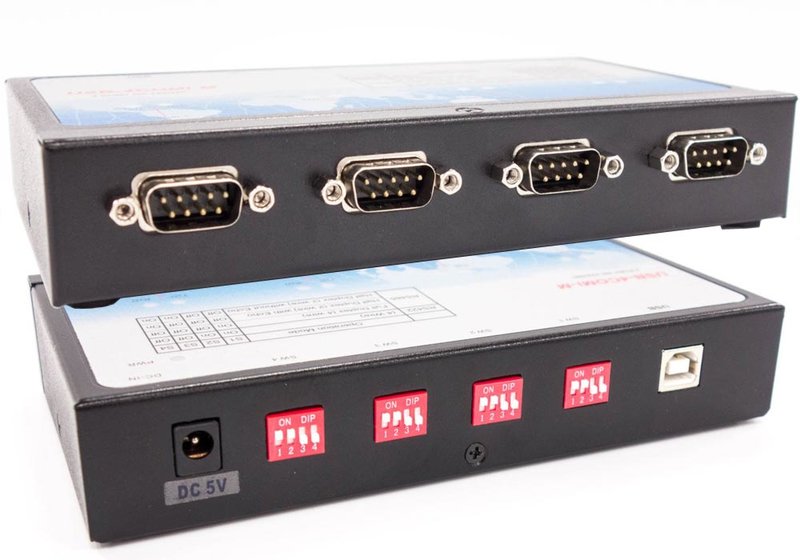

#USBIT USB IMAGE TOOL FREE#
Not sure its wise for me too mess with a tool that I can wipe disks with if its my only option?Ĭhecked out usbit too, only seems to get FAT partition too. I use CCleaner for this, but there are many other tools that can wipe free space, just make sure you only do a single pass on unused space only.
#USBIT USB IMAGE TOOL WINDOWS#
I am a windows button monkey that is completely bamboozled by linux file structure, where's my C: at yo. I think it is just getting the FAT partition because thats all windows recognises? What I seem to get is a 128,000KB disk image, changing the 'count' parameter, has no effect. But it looks the tool to use for what I want to accomplish.ĭd if=\\.\h: of=d:\disk1.img bs=1M count=1250 Only thing that put me off DD is that is cmd line only and very powerful, bit scary:) I recently had a accident via carelessness with a GUI imager and wrote to an important disk, luckily recovered. It allows you to switch between images with different music styles on your MP3 Player or make an exact backup image of your USB Stick. bin file on your MicroSD card, make sure to save it on your computer first because this will reformat your MicroSD card. Yeah this is exactly what I was meaning, sorry if I was unclear. This program can create images of USB flash drives and MP3 players mounted as USB drives. tar up the entire contents of each partition individually, create empty partitions, then simply untar to restore, but this is likely to be fraught with problems (particularly with some filesystems such as /proc or /dev), slower and IMHO, more trouble than it's worth! Rolling your own would probably be easier, ie. If, on the other hand, the OP wants to back up only the "active" areas of the disk, ignoring any inactive space within a partition, including deleted files etc., then he'll need a backup tool that understands all of the filesystems on the disk. If the size of the on-disk image is an issue, pipe it through gz to compress it as the image is being created, though Windows Disk Imager is sadly too deficient to understand gz or any other form of compression (surely there must be a better tool for Windows users, one that understands compressed images, and might even include options to limit the size when reading or writing the image?) For this, dd is ideal, particularly when the amount of data to be backed up is specified so that the entire card is not read. the small, 1GB, part) and not the entire card, which is mostly empty. With USB Image Tool you will be able to make exact backup images of USB memory sticks or switch between images with different music styles on your MP3 player. My understanding was that the OP has a relatively small partition (1GB) on a large 4GB card and only wanted to back up the used data (ie. USB Image Tool is a free utility capable of creating images of USB memory sticks and MP3 players that are mounted as USB drives.

Yep, that's all it does (it's not smart at all!) Dilligaf wrote:Or is dd "smart" enough to copy data before it copies blanks, I thought that it just copies sectors in the order they appear.


 0 kommentar(er)
0 kommentar(er)
